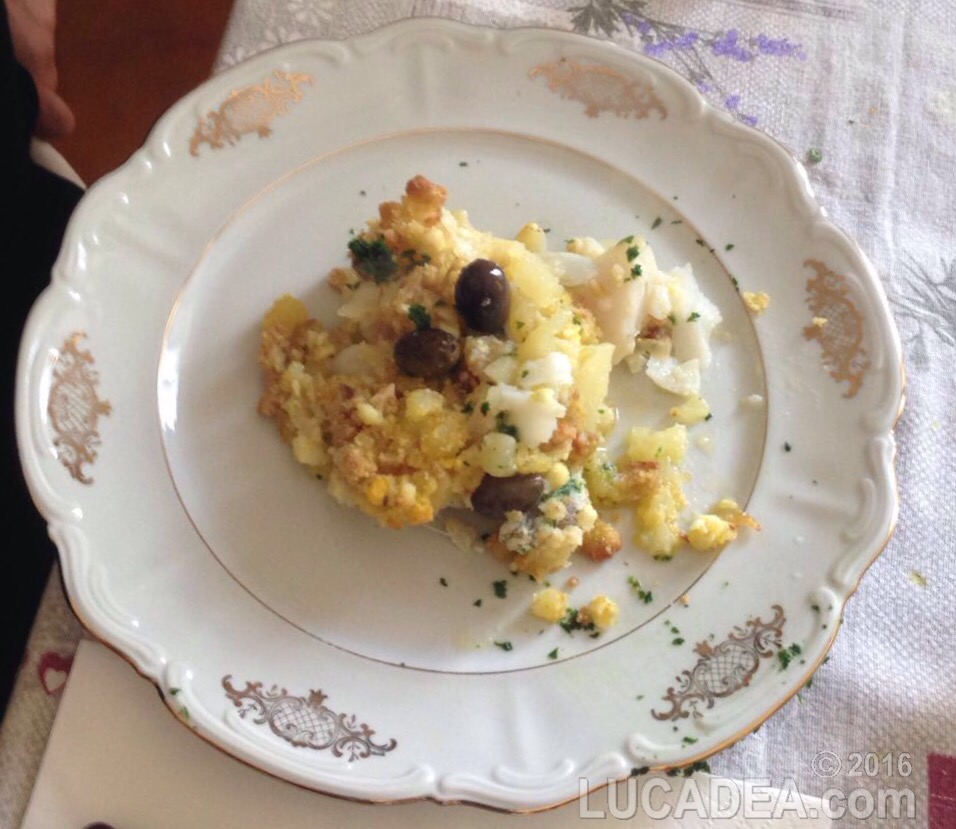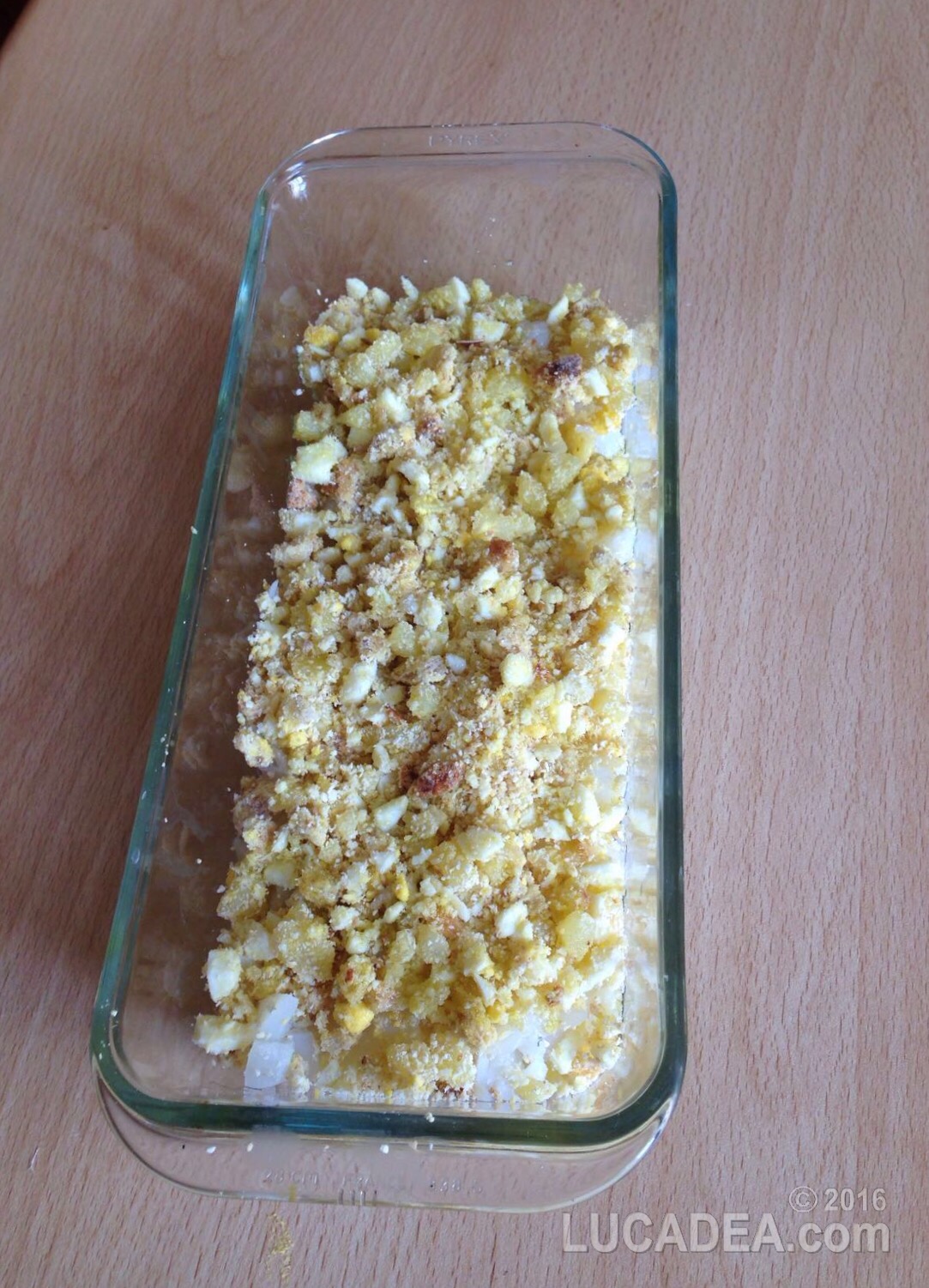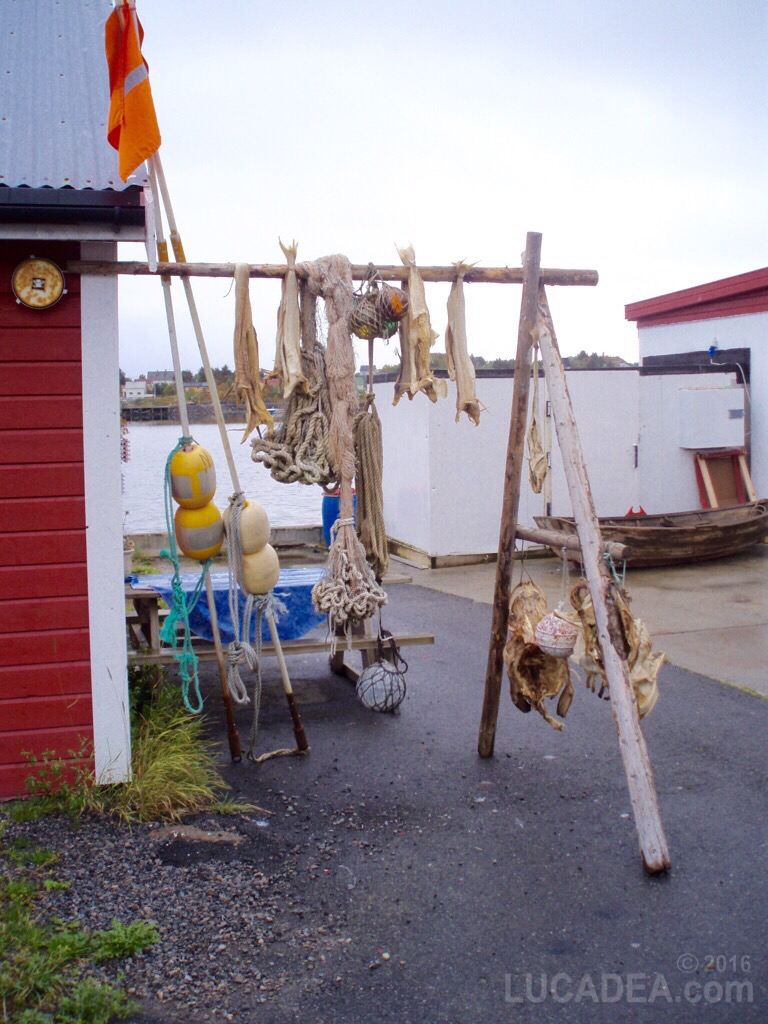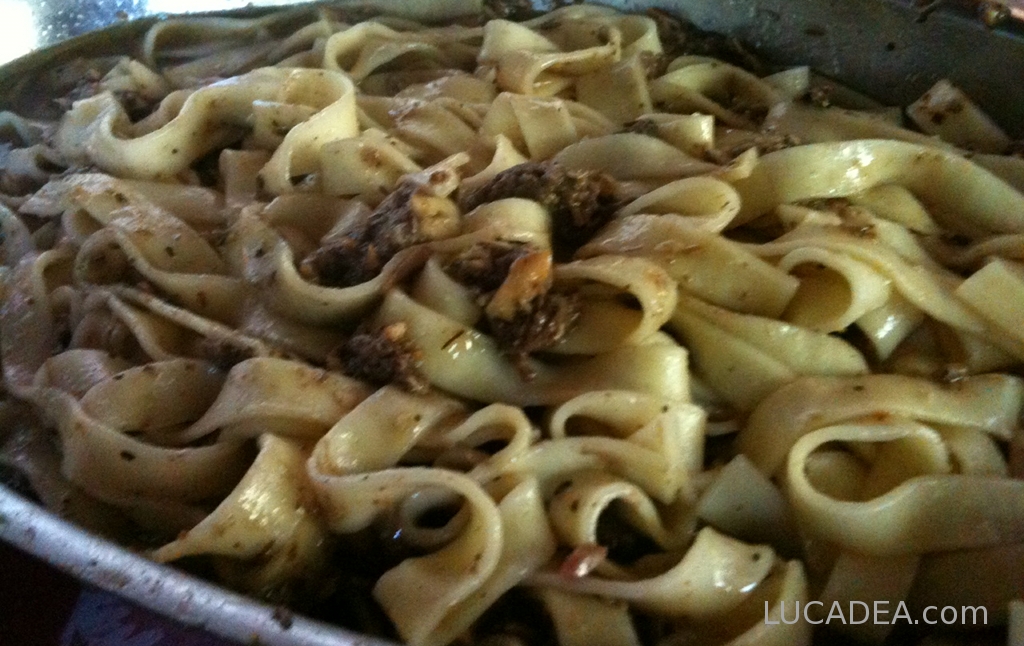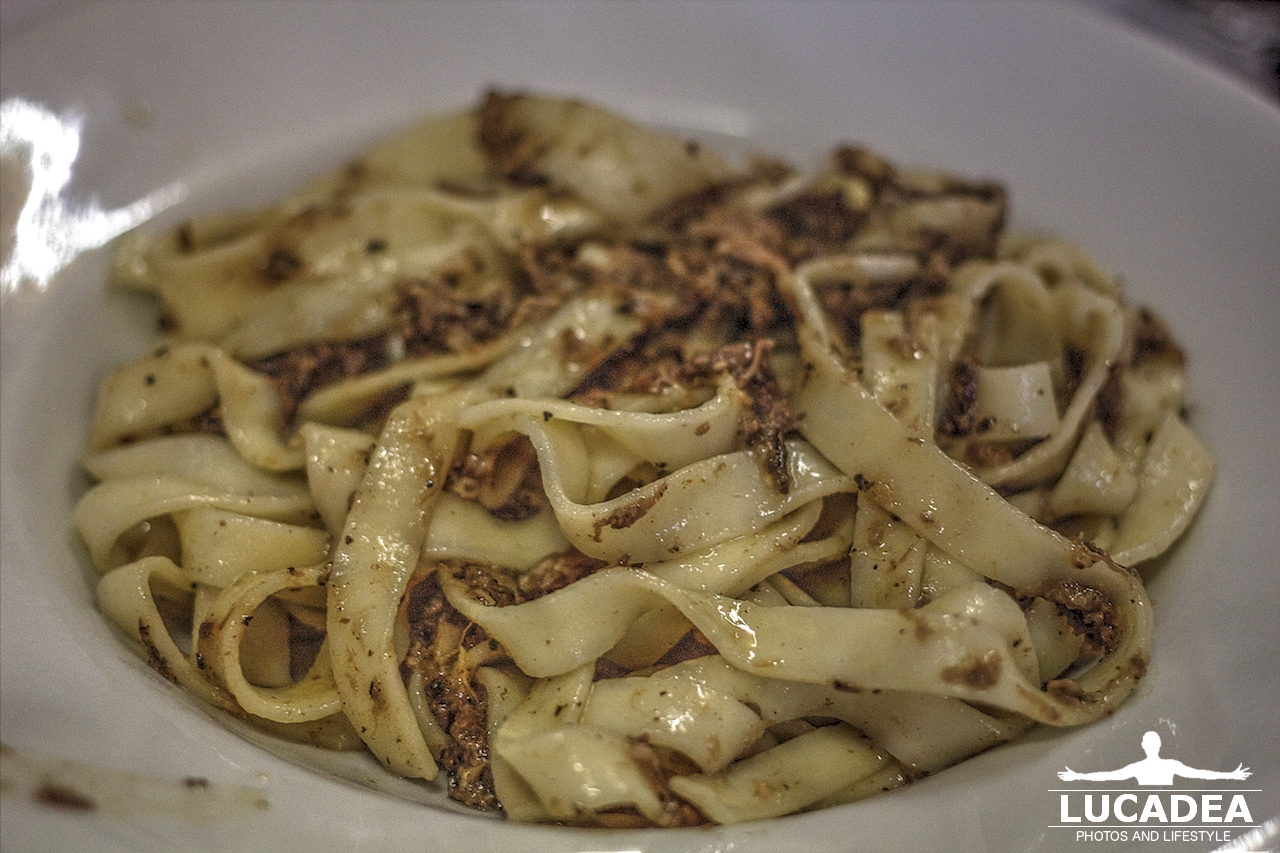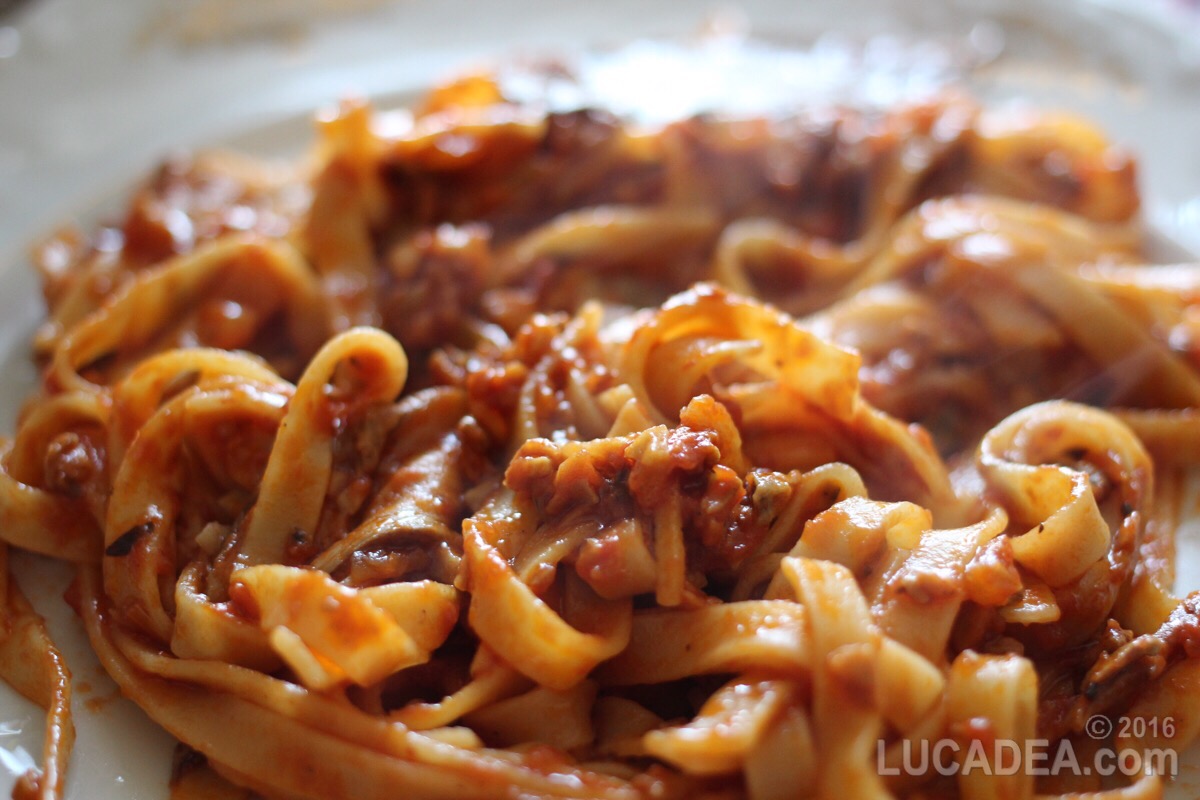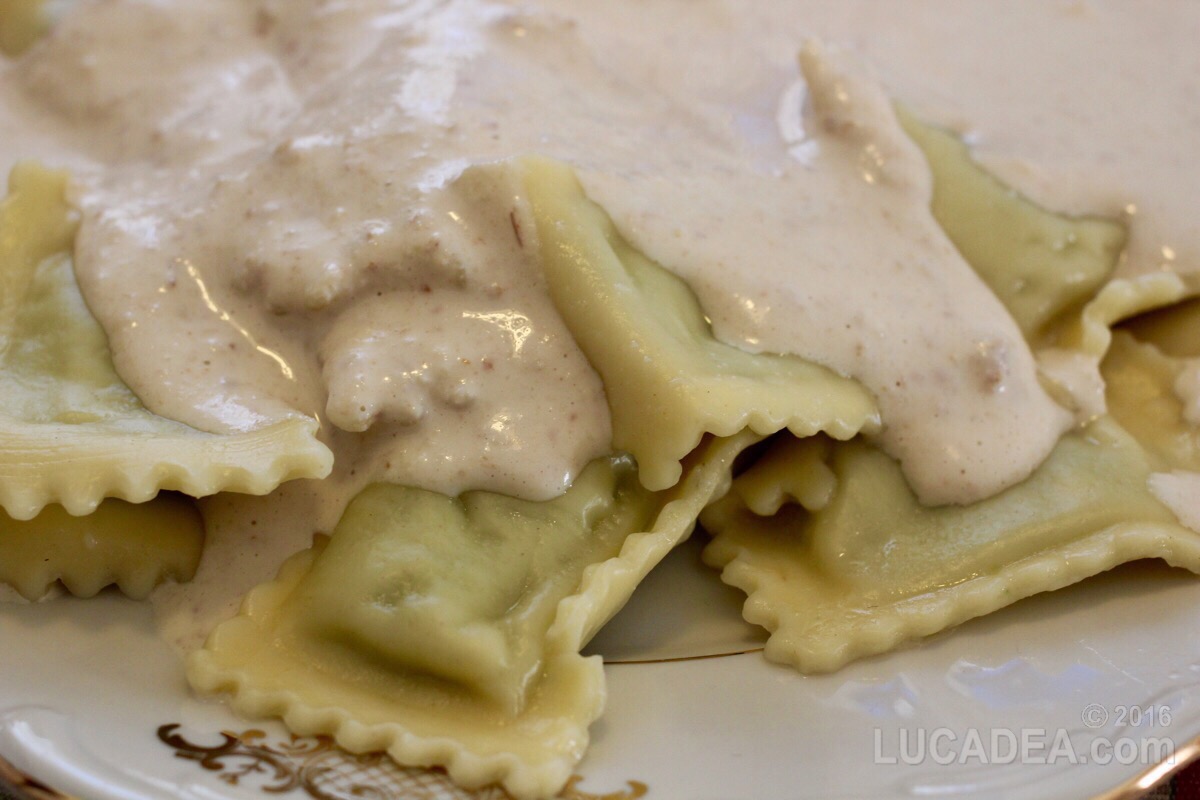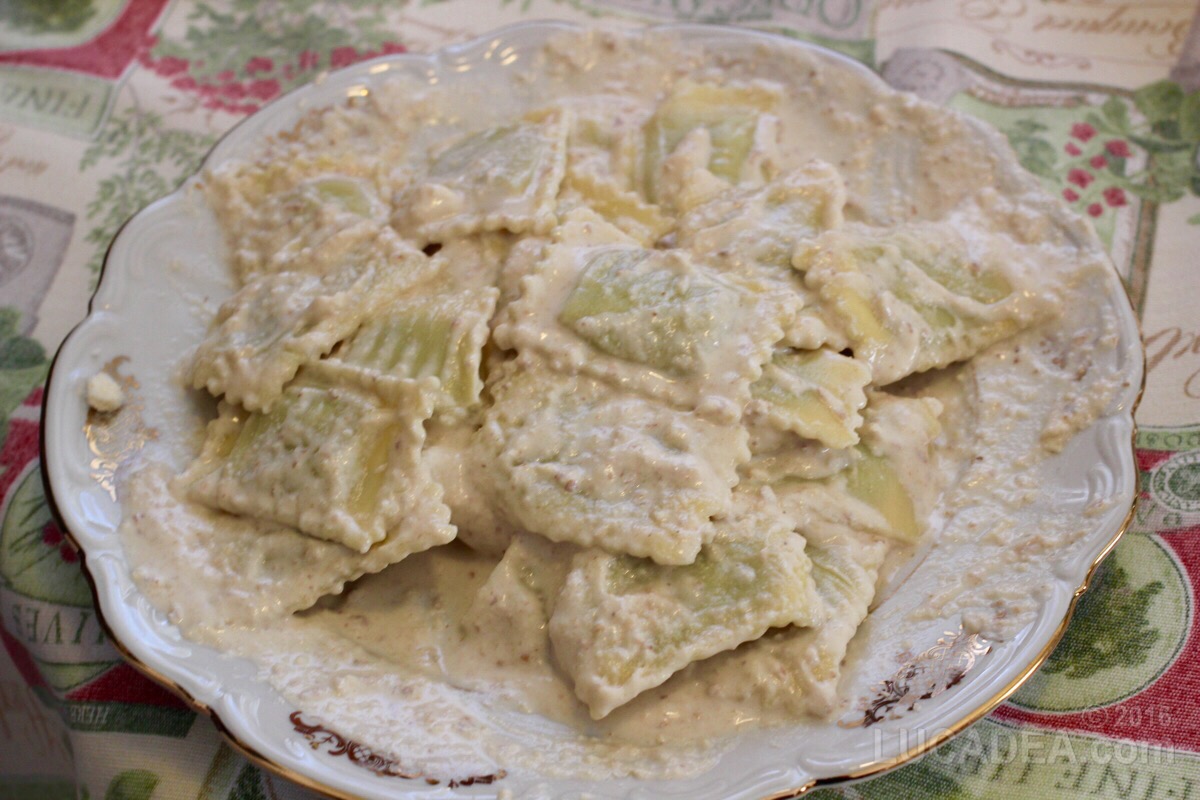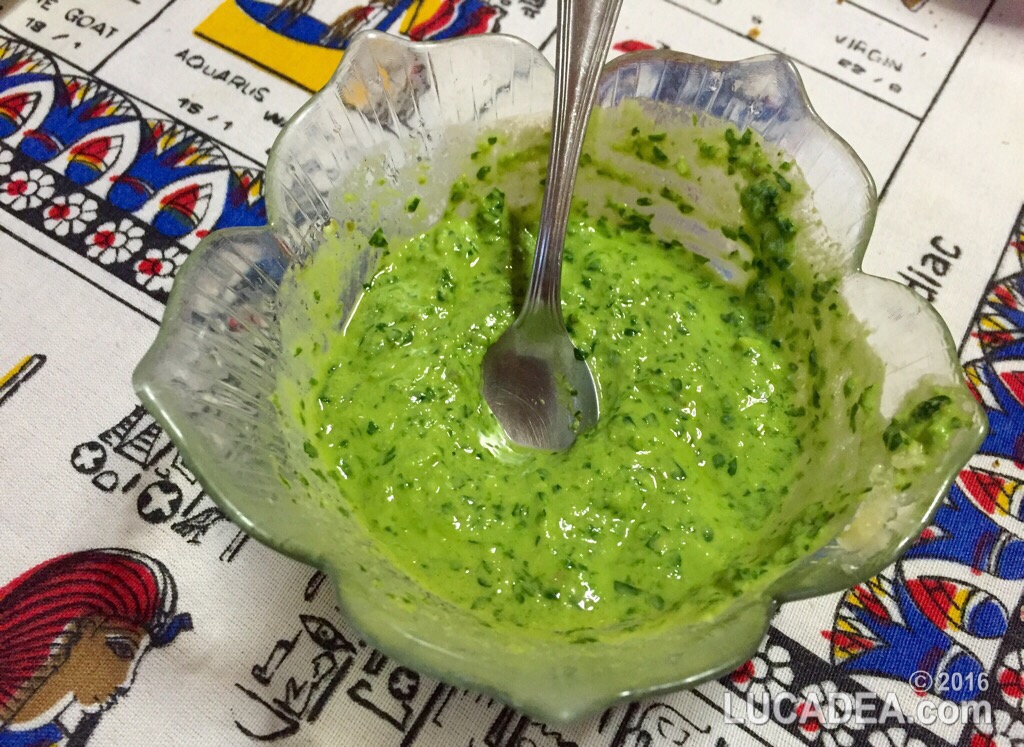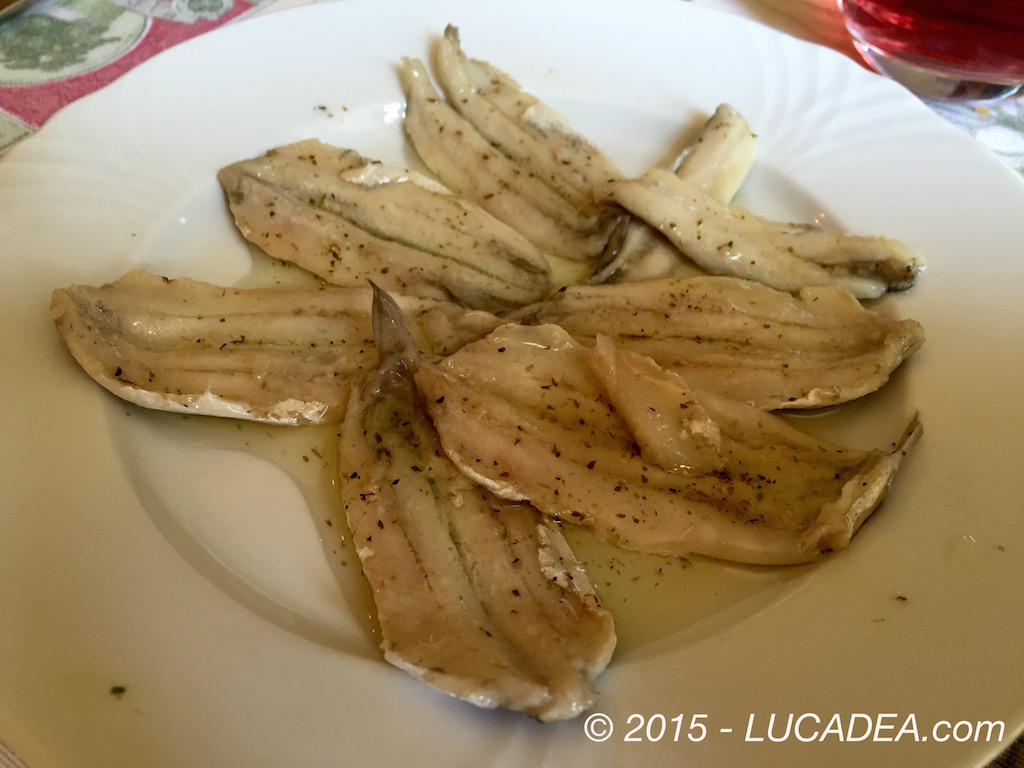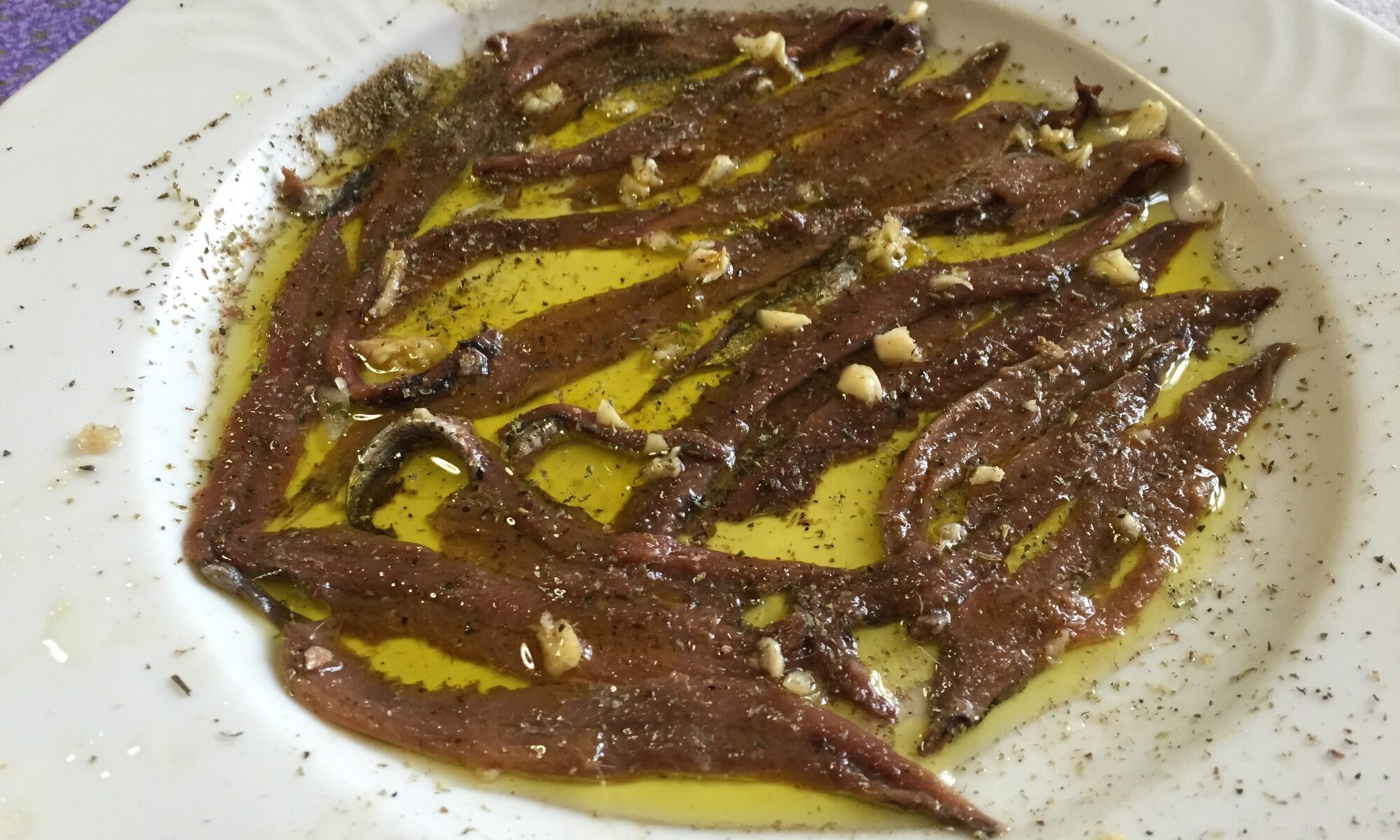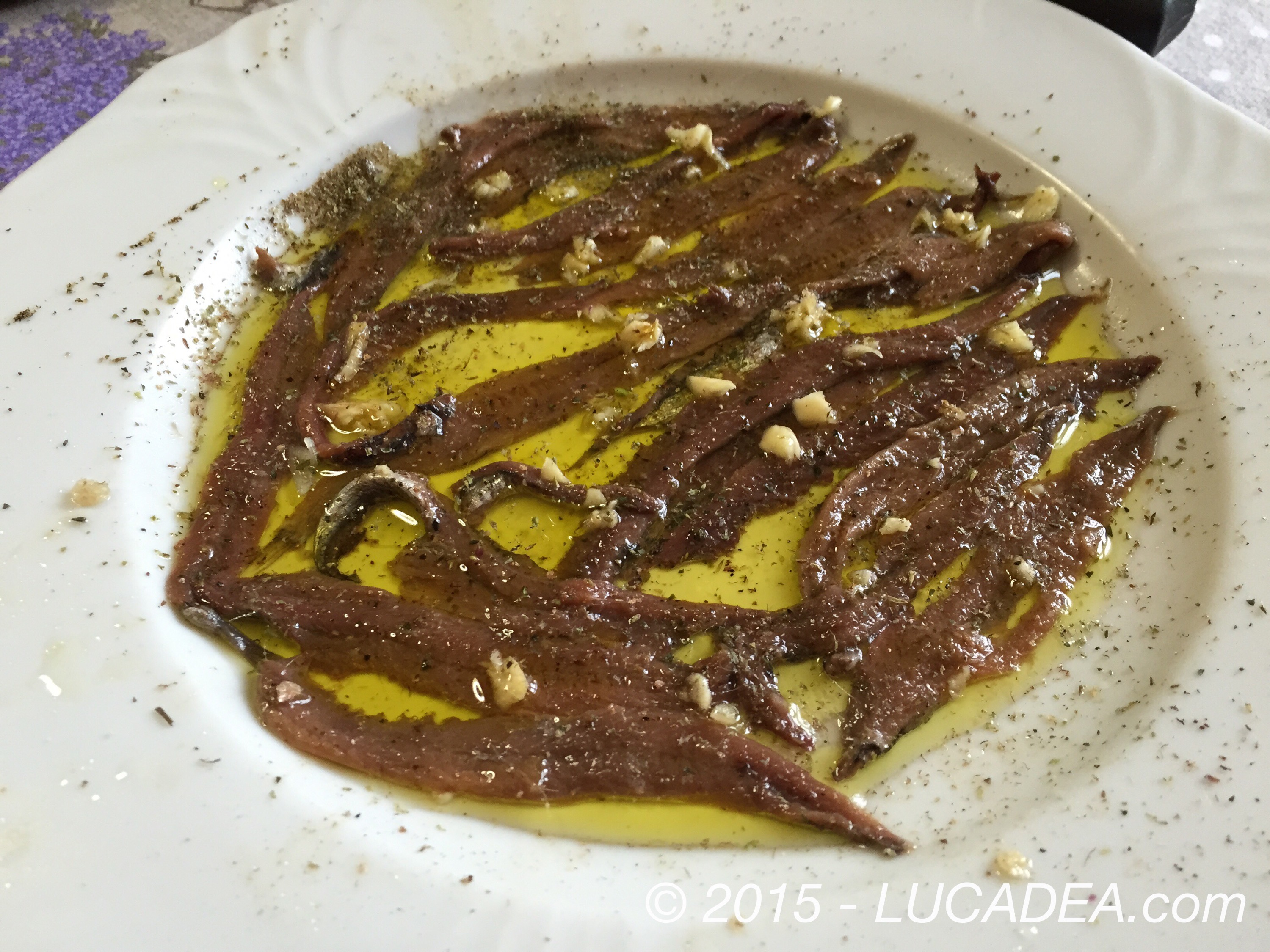Codfish Gomes de Sa, the recipe.
When I talk about cod, I think of many years ago, when ships made their last scheduled trips to South America. It was another world, ships alternated periods of cruises with what would unfortunately remain the last scheduled trips. The last trips for those who were the last classic emigrants, poor people who left everything little they had to reach the mirage of a distant, rich land that still offered opportunities. In addition to the small groups of Italian and Spanish emigrants, the few Central Europeans, who mostly went to reunite with their families, the Portuguese were the vast majority. Towards the early 1970s, the mirages of Brazil and Argentina were fading and the flow of emigrants was directed towards Venezuela, a very rich land, where the metal coins were still all silver… Entire families embarked in Funchal, on the island of Madeira, then very poor but much more beautiful and real than today. The island lost thousands of poor laborers, fishermen, men without culture but who exuded strength, iron will and great respect for others. Incidentally, not many years later, most of these emigrants returned home with money, culture and maintaining the same iron willpower that they reinvested in their island, thus collaborating in its rebirth.
This long preamble is to remember that at that time, by emigration law, on ships it was mandatory to have, in addition to the Italian staff, a certain number of cooks, waiters, a doctor and a government commissioner of the various nationalities of the emigrants who had to look after them according to their needs. While the doctors and the government commissioner lived the good life on board, the cooks and waiters were very busy preparing dishes that could meet the habits of the emigrants. I, intrigued by what was cooked by these cooks, when I had the time and the opportunity, went to the kitchen to see how these dishes were prepared. One of the classic products used in Portuguese cuisine, which is part of its vast tradition, is cod and with this fish many dishes are prepared that are part of the great and excellent cuisine of this wonderful land. Portugal has an extraordinary cuisine: oils, wines, cheeses, spirits and extraordinary food products that unfortunately do not have the resonance of the Italian, French and Spanish ones which they have nothing to envy. Returning to cod, that is, salted cod, the Portuguese do not depend on Norway like all the other countries but they have a great tradition with fishing boats that go to fish these extraordinary fish directly in the large schools of the north and then salt them directly on board. Unfortunately I can't help but digress and I could continue talking about Portuguese cuisine for who knows how long but now I want to return to this classic preparation of "Baccalà à la Gomes de Sa" simplifying it a bit, as I like to do.
The recipe
Ingredients for 4 people:
a nice fillet of soaked cod, four large potatoes, two onions, a dry bread roll, two boiled eggs, chopped parsley, black olives and olive oil.
First of all I left the cod to soak the night before, changing the water several times to remove as much salt as possible. In the morning I cut some potatoes into slices of about 1 cm and put them to boil in unsalted water. Once the potatoes were almost cooked I took them out of the water and put the same boiling water in a dish where I had placed the cod, leaving it there for a few minutes to blanch it but without cooking it.
I cut the onion into thin slices and fried them over low heat. Finally I prepared the baking dish, wetting it with a little oil, placing a layer of potatoes on the bottom, leaving a few slices aside, and then I placed the cod broken into pieces and the fried and stewed onion on top. I moistened with a drizzle of oil. Then I roughly chopped the remaining potatoes a little, crumbled the dry bread and the hard-boiled egg and mixed these ingredients, adding the chopped parsley, the black olives and a little more oil.
I covered the baking dish with this breading and put it in a hot oven at 180 degrees for 20 minutes, using the grill for the last five.
And here is the finished dish, enjoy your meal!

